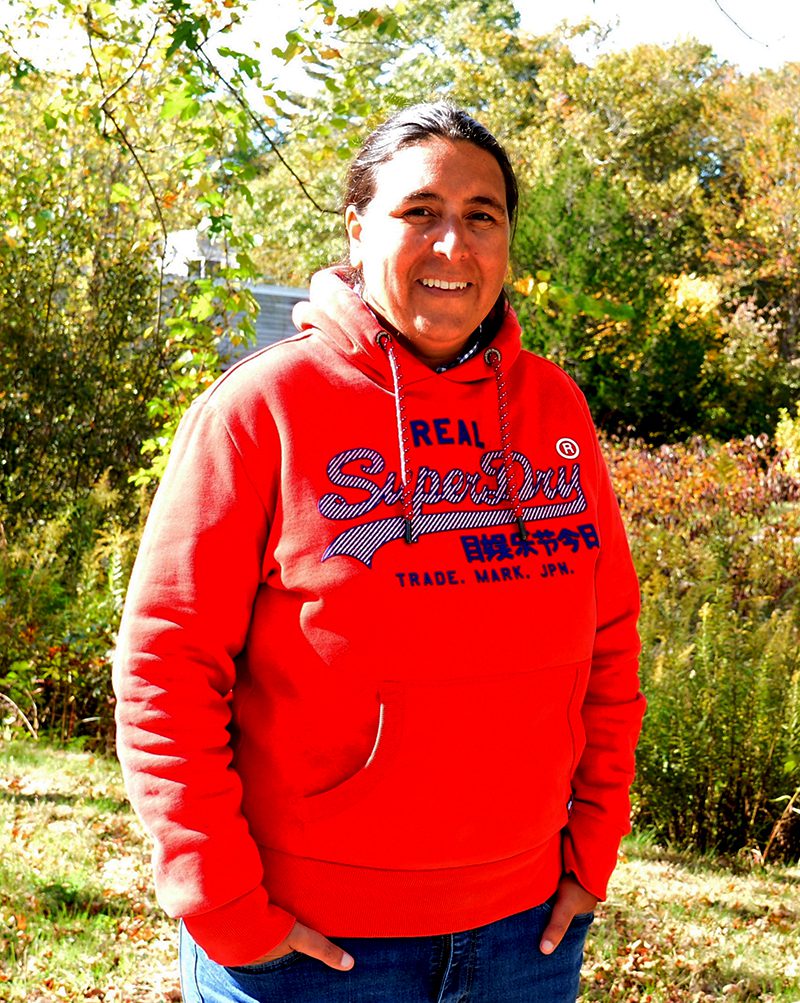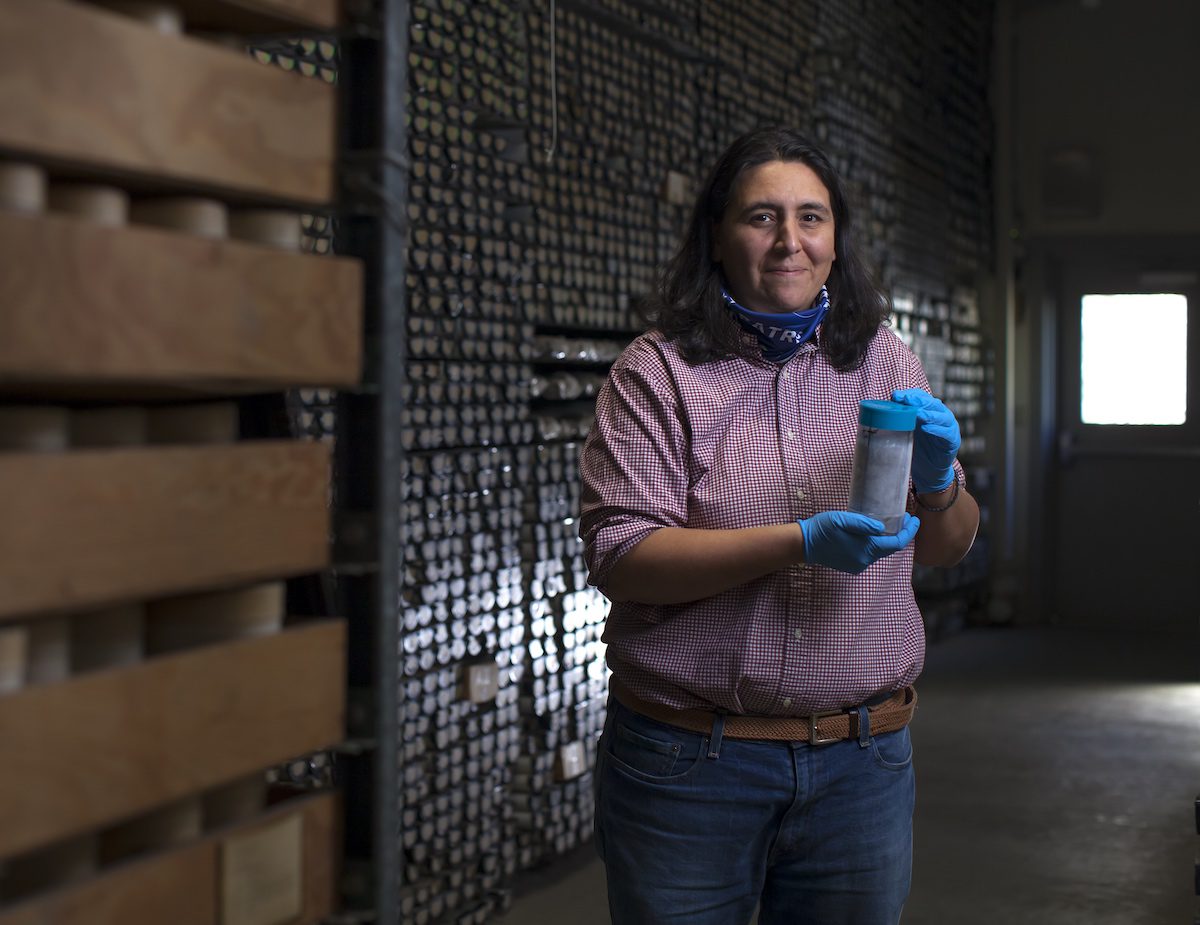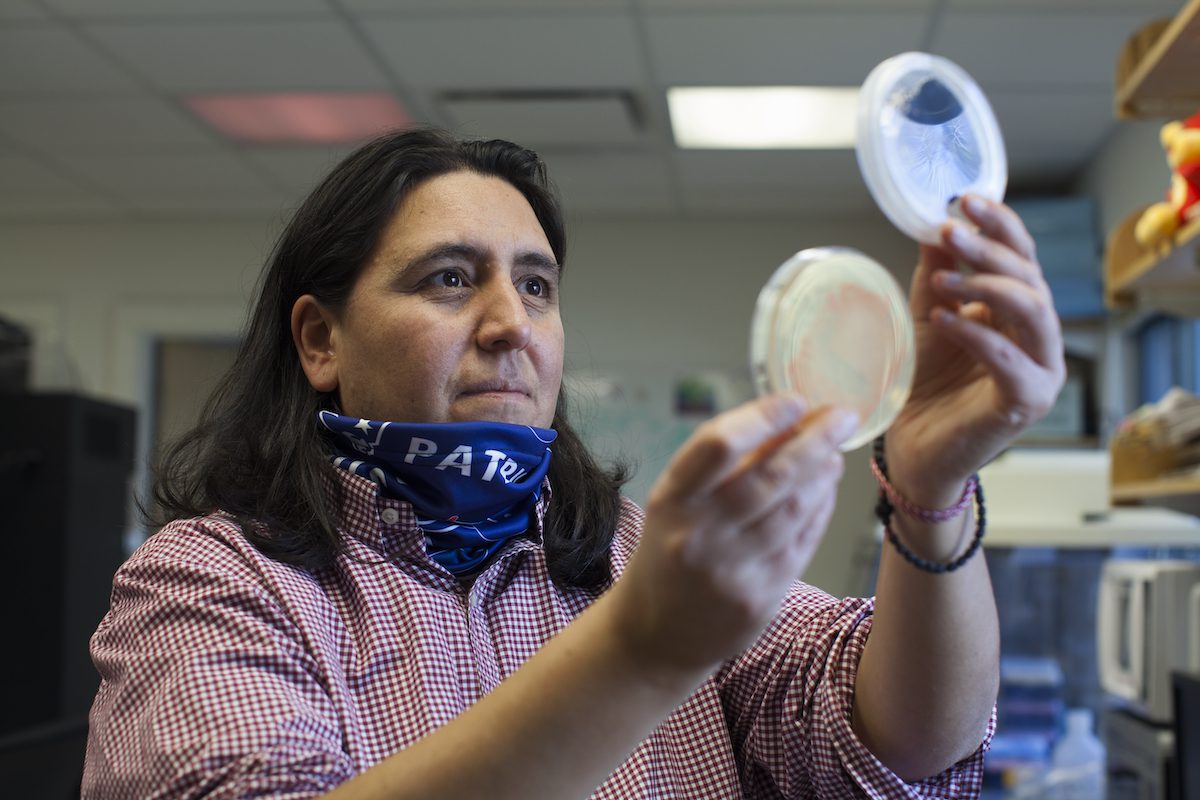Here where we are in Woods Hole and Falmouth, it's very beautiful. Nonetheless, I feel that it is a bit isolated in the sense that anywhere you want to go, you need a car. When you take always your car, you go somewhere, you go back to your house, and you are exposed to what? Walking helps me to clear my day, to, let's say, connect the dots if I have something to write. When I’m walking, it's like I see in front of my face the paper, and I understand what needs to change, and how I have to do the graphs or whatever. So, walking helps a lot.
I also sometimes take the bus. The bus gathers people that are not scientists. They're not, let's say, the “usual suspects.” And sometimes discussion with this type of people, it can give you so many ideas for your data that it is amazing–because, don't forget, these people coexist with you. It’s not that you're going to do a scientific discussion on the bus, but hearing the observations that they have about life or how they think, how they survive, how they are similar or different to you, all this information can boil down to something that you can use for your data.
We have the tendency to discard ordinary things and to search only for the unique. But in my work, the idea is not only to show what it is different, but also what is in common.
Usually I'm not a person that goes to conferences. But there was a conference in Athens in 2016 where WHOI senior scientist Ginny Edgcomb was speaking and I thought, “Probably this lady has something to say.” At the time I was at the University of Crete, I had a tenured position teaching environmental microbiology. Ginny agreed to meet with me and shared her data from hypersaline basins in the Mediterranean. She probably didn’t expect to hear from me again, but I sat down and started putting stories together. And I sent her the text: this is what I see, this is how it connects. And Ginny puts together a paper with Joan Bernhard, Maria Pachiadaki and with me as a co-author, and it ends up being published six months later.
So, after the paper is published, Ginny contacts me again and says, “Listen, there is a scientific cruise taking place in 2017 and it's going to be in the north tropical Pacific, oxygen minimum zone. Do you care to join?” After a month on the cruise, I had some days to stay in Woods Hole so I can analyze the samples.
When I got off the bus, Ginny was waiting for me with a grocery bag already in her hands. She tried to find things that I could eat, knowing that I come from Greece. So, she had olive oil, she had vegetables, oranges, she had things that I can eat– because if you give me a stick of butter, I don't know how to cook with that, to be honest with you. And I remember that I told her, “Because you give me this bag, if you want me to stay longer and work for you and not get a dime, I will, because of this bag. Because you're human. Because you didn't tell me, ‘Okay, arrange your traveling and we will meet the next day at 10 o'clock in my office.’ You waited for me. And not only that, you waited for me with food.” Where I come from, food is a very important element. You feed people, it's part of the tradition. It’s how you show appreciation. So, it’s not just something you can skip.



